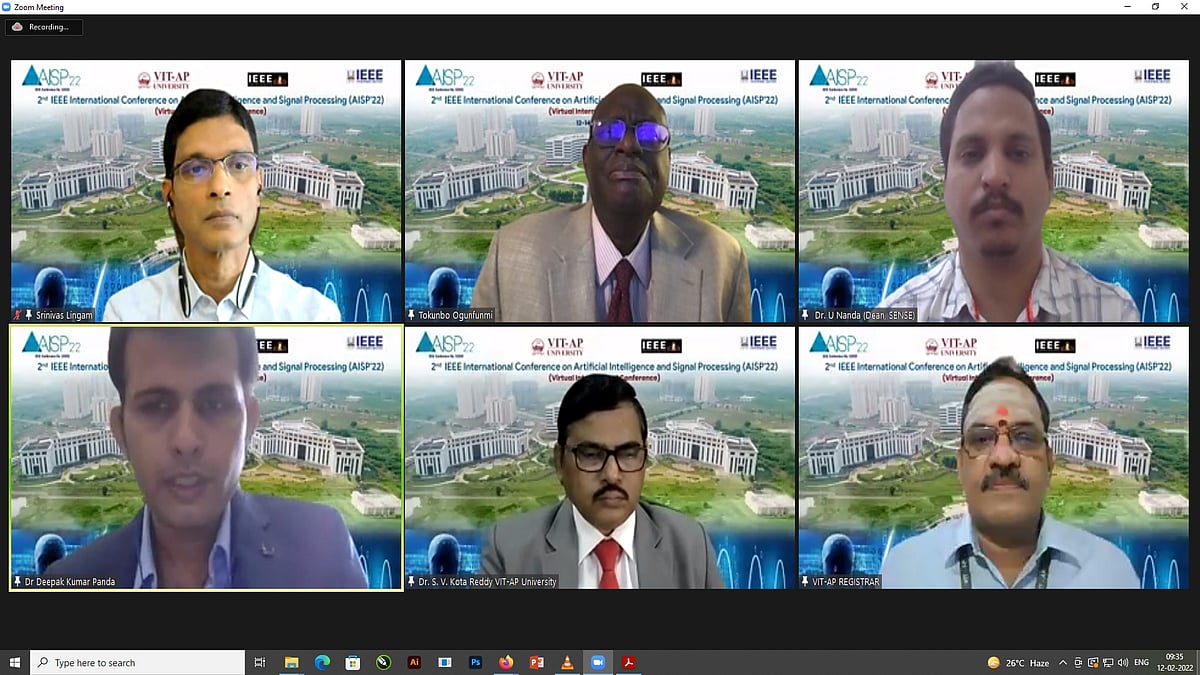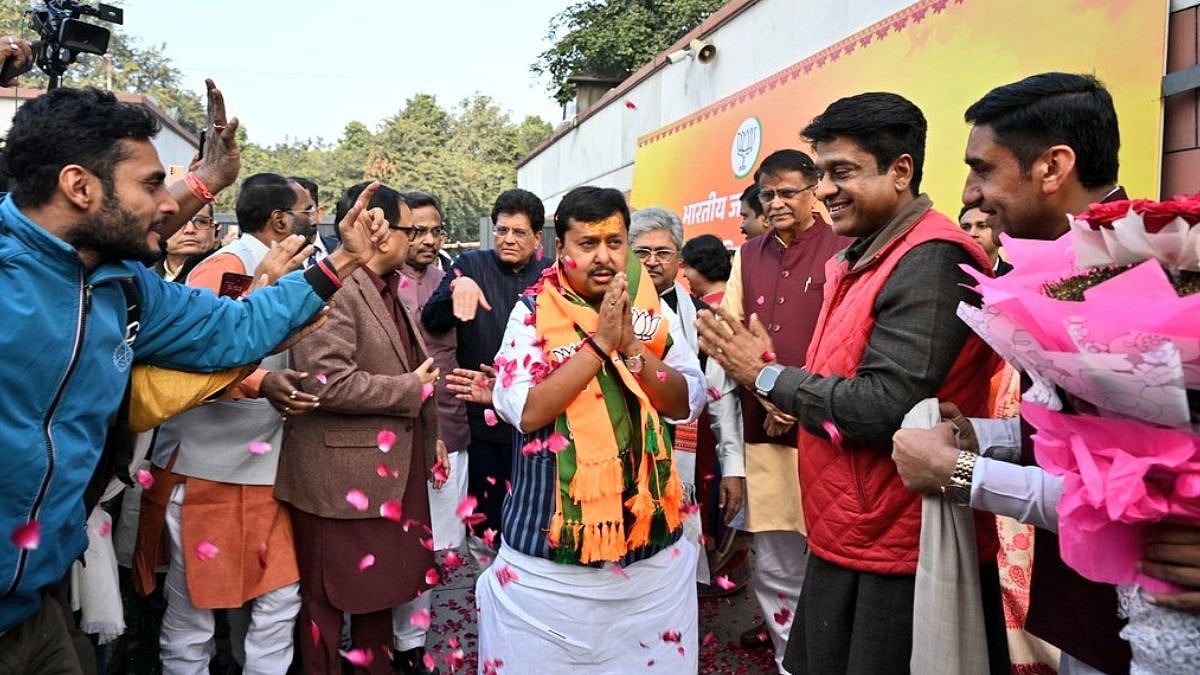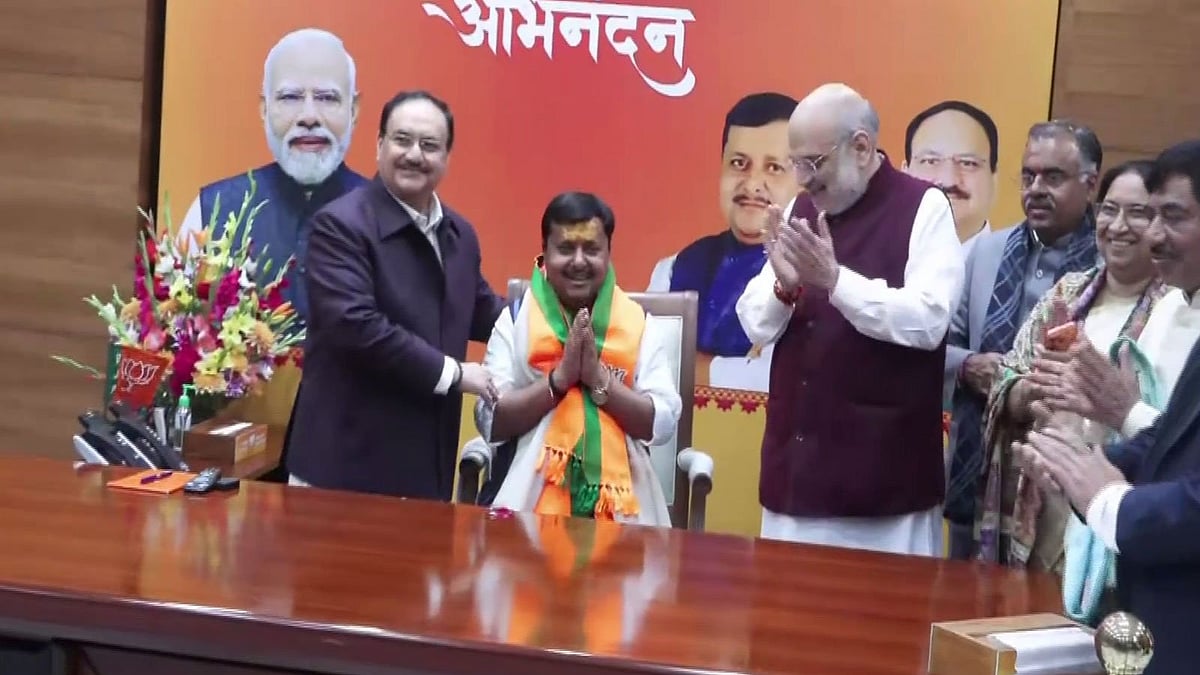In the last two years, since the lockdown began, most of us have become even more dependent on news feeds on traditional, as well as social media platforms.
In our sense of isolation from the world at large, news platforms have almost become a lifeline to the outside world. Doom scrolling was a word that evolved during the pandemic, that looked at the attitudes of audiences who exhibited “the tendency to continue to surf or scroll through bad news, even though that news is saddening, disheartening, or depressing”.
One look at the news streams put out by the mass media and you would think that the world is burning. Across the world, what all of us get to hear about is how terrible humanity is. Be it the efficacy of vaccines,or the right to wear a hijab,the nature of taxation,or mandates to mask –there are pitched battles of opinion and the media sees this as an opportunity to laymore traps for audiences.We hear about pitched ideological battles between the flag bearers of the left and the right.We hear about the ideological splitting of hairs and judgments pronounced on what is acceptable and what is not.We get shown the behaviour of the worst amongst us and see that getting mainstreamed as a reflection on all of us.
And then there are the unfiltered biases, rumours and outright lies that are put out to meet the unquenchable demands of the viewership race. It is little wonder, the world over, trust in the media is at an all-time low. The Reuters Institute Digital News Report (2021) had some interesting findings insofar as the consumption of news, and the trust in news organisations are concerned.
While Nordic countries showed a relatively high rate of trust in news (just over 50 per cent), most other nations performed poorly.In the United States of America, trust levels were as low as 29 per cent. In India, trust in the media was 38 per cent, and in the United Kingdom, it was 36 per cent. All three are democracies that have faced intense political differences over the last two decades, and it is evident that the media has taken sides to such an extent, that the supporters on one side do not trust the media labelled as being on the other side.
And this level of polarisation and media affiliations bodes ill for both the media and for the future of democracy. In India, we are seeing a massive polarisation of the news ecosystem. While in some cases media might be truly affiliated to political causes and political parties – in many cases it is lessabout loyalties,and more about the need to garner quick audiences and make a quick buck. In yet others, it is less about faith in a particular political party and more about the favours that will accrue to the news agency because of perceived closeness to a cause.
All this has led to one of the most core precepts of a society to be threatened – the ability to agree on a common set of facts. A common understanding of the ‘truth’. And the media’s obsession with cornering the attention economy has led to a situation where the world that is projected is full of screaming people, pitched battles, and hatred. In all this,truth is the major victim. Let us look at some examples around the ‘hijab/burqa’ row in Karnataka. There is no agreement on whether the ban on the hijab/burqa is at the school level – where uniforms are mandatory–or the college level – where they are not.
There are ‘left’ wing-affiliated journalists and platforms that publicised a video of right-wing students allegedly taking down the tricolour and hoisting the saffron flag.There were right-wing affiliated news platforms and handles running stories of the one of the young women in a burqa wearing western clothes on her social media feed. Both news stories were fake. Yet they were both massively consumed by the respective ecosystems and very few will believe the truth,even after the stories have been proven to be fake. How do we break out of this cycle? There are a few ways.
The first is to consume less news. You will honestly become a happier and a more secure person if your news consumption decreases. The second is to read multiple sources of news – including regional news.
The third is to avoid watching news shows based on debate. The purpose of these is a shouting match to engage the audience – people on those shows are brought in more for entertainment value, than for any body of knowledge they may have. And lastly,try and consume an e-paper (or a physical newspaper) with the entire set of daily news – across all sections.
And then while the world may look like it has some serious problems, it doesn’t look like it is going to collapse and implode by the end of the day. The model adopted by most media houses is still advertising.
And advertising revenues are dependent on audience numbers.Viewers like being shocked. We like bad news. We like the sense of both a real and an existentialist threat. And the media provides it in droves.
For the more it provides the threat, the more we are likely to consume news to understand if that threat is coming home to disrupt our lives.
And therefore,the only way to get the media to change is to send a very clear message to it, by drastically reducing consumption. News in today’s world is junk food for the brain.And we need to treat it as such–limit its consumption for ou rown well-being.
(The writer works at the intersection of digital content, technology and audiences. She is a writer, columnist, visiting faculty and filmmaker)










